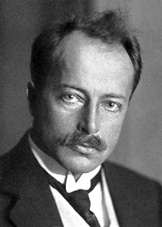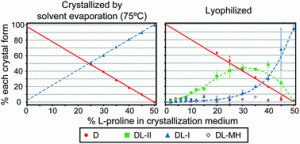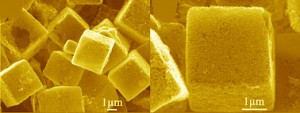We are pleased to announce an upcoming themed issue focussing on ionic liquids, with guest editors Mark Muldoon, Peter Nockemann and Cristina Lagunas-Castedo based at Queen’s University, Belfast. It is our pleasure to invite you to contribute to this themed issue.
The unique physical and chemical properties of ionic liquids as solvents and the potential to tune and control these properties by selecting the appropriate cations and anions, make ionic liquids remarkably versatile for many applications. Recent publications demonstrate their increasing impact on crystal engineering, on materials and nanoscale synthesis, as well as for crystallisation processes.
Contributions in both experimental and theoretical aspects are most welcome. Ideally, contributions should be within the scope of a) the use of ionic liquids as solvents for crystallisation processes; b) ionic liquids for the synthesis of nanocrystalline materials and porous materials; c) the use of ionic liquids for co-crystallisation or crystal structures of ionic liquid salts (including pharmaceutically relevant compounds and metal-containing ionic liquids); d) theoretical studies (for example understanding solid/liquid phase transitions).
How to submit?
All types of manuscript, Communications, Full Papers and Highlights will be considered for publication. We aim to publish this themed issue in late summer 2012 and therefore would like to receive manuscripts by 8th February 2012. The manuscript should be prepared according to the format for regular articles and should be submitted via our online system. All invited manuscripts will be subjected to the normal refereeing procedure.
Deadline for Submission: 8th February 2012
Please indicate on submission that your manuscript is intended for this themed issue and direct any questions to the CrystEngComm Editorial Office.
We invite you to also check out previous themed issues featuring in CrystEngComm. Read them here now.
 PbSe nanorods have been successfully made by solution–liquid–solid (SLS) growth of PbSe nanocrystals. This growth was followed by oriented attachment of adjacent PbSe nanoparticles. The team from South Korea who carried out this synthesis used Bi catalysts dispersed in the precursor solution to make these nanocrystals thereby reducing the time and temperature taken to produce them.
PbSe nanorods have been successfully made by solution–liquid–solid (SLS) growth of PbSe nanocrystals. This growth was followed by oriented attachment of adjacent PbSe nanoparticles. The team from South Korea who carried out this synthesis used Bi catalysts dispersed in the precursor solution to make these nanocrystals thereby reducing the time and temperature taken to produce them.




















